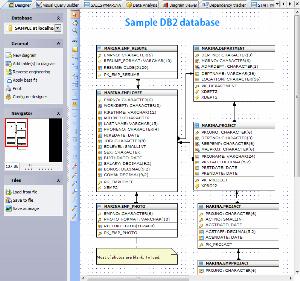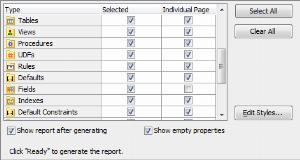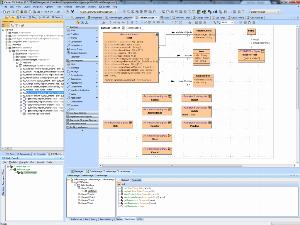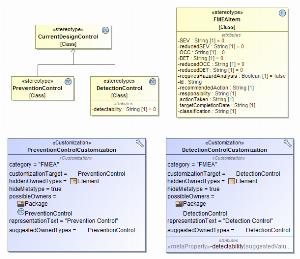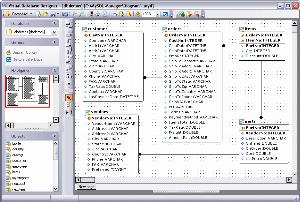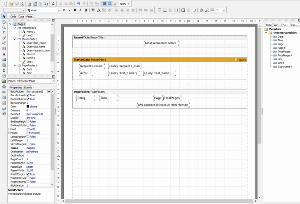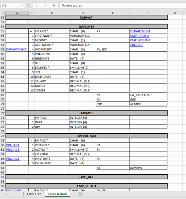Database documentation tools for IBM DB2
List of tools that allow the documentation (e.g. with descriptions) of schema of your databases.
Database documentation is a set of descriptions of the data, that facilitate management, maintenance, and retrieval of resources. Documentation can take many forms, however, it usually acts as a data catalog that holds detailed information about the table schema, all relationships, data types, etc. Description of datasets as well as single data objects also is referred to as metadata (data about the data).
DB2 Maestro
DB2 Maestro is the premier DB2 admin tool that supports all DB2 versions from 8.x to 9.x. It provides services in database development, data management and documentation in HTML and PDF of the developed model.
| Data Lineage: | - |
|---|---|
| Runs on: (for desktop): | - |
| Commercial: | Commercial |
| Free edition: |
|
| Allows editing: |
|
| Metadata stored in: | Database comments/extended properties |
| Export: | HTML,PDF |
| ER Diagram: |
|
| Dependencies: |
|
MagicDraw
MagicDraw is the award-winning business process, architecture, software and system modeling tool with teamwork support. It includes the entity-relationship diagram, SQL database modeling/diagramming and DDL script generation/reverse features. Its automatic report generation engine rapidly-produce comprehensive, professional requirements, software design documentation, and other types of reports in HTML, PDF, and RTF formats.
| Data Lineage: | - |
|---|---|
| Runs on: (for desktop): | - |
| Commercial: | Commercial |
| Free edition: |
|
| Allows editing: |
|
| Metadata stored in: | External repository |
| Export: | HTML,PDF,RTF |
| ER Diagram: |
|
| Dependencies: |
|
SQL Manager
SQL Manager simplifies and automates your database development process and design, explore and maintain existing databases, build compound SQL query statements, manage database user rights, and manipulate data in different ways. The functionality of Create Report Wizard allows you to create simple database objects reports in a few clicks.
| Data Lineage: | - |
|---|---|
| Runs on: (for desktop): | - |
| Commercial: | Commercial |
| Free edition: |
|
| Allows editing: |
|
| Metadata stored in: | Database comments/extended properties |
| Export: | HTML,PDF |
| ER Diagram: |
|
| Dependencies: |
|
Apricot DB
Exports the detailed report in the Excel format.
Exports diagrams in PNG and PDF format.
| Data Lineage: | - |
|---|---|
| Runs on: (for desktop): | - |
| Commercial: | Free |
| Free edition: |
|
| Allows editing: |
|
| Metadata stored in: | Database comments/extended properties |
| Export: | MS Excel,PDF,PNG |
| ER Diagram: |
|
| Dependencies: |
|
GenMyModel
With GenMyModel’s standard data modeling notation, data architects not only keep glossaries and data models under control, but they can design and reverse engineer data models and link them to other IT and business models, such as UML, Archimate and BPMN.
| Data Lineage: | - |
|---|---|
| Runs on: (for desktop): | - |
| Commercial: | Commercial |
| Free edition: |
|
| Allows editing: |
|
| Metadata stored in: | - |
| Export: | HTML,MS Word,Online HTML,PDF,XML |
| ER Diagram: |
|
| Dependencies: |
|
Database documentation tools support data management by creating helpful descriptions, meaningful aliases, and annotating data assets with additional elements. The tools capture all the relevant information about the metadata and make it available to the users in a convenient way (tabular or graphical). The features of documentation tools can vary widely. The tools allow users to:
• Facilitate datasets with meaningful descriptions/aliases,
• Create relational diagrams,
• Advance search of resources,
• Track schema changes,
• Document repositories from various sources, through compatibility with many database engines,
• Automatic documentation export to user-friendly formats and easy-to-share formats (HTML, PDF, Excell )
Developers (especially those working on the backend) are constantly faced with questions from non-IT teams or customers about what a given object means. This is because creating and maintaining documentation is not a top priority. However, using documentation tools has many benefits such as:
• Help Data stewards quickly discover database schema,
• Data becomes understandable for non-IT members,
• Documentation as a single source of truth about the data is available to everyone
• Easier implementation for new people working on the repository,
We have selected database documenters that, we believe, are truly noteworthy. We have included both, open-source tools and advanced, professional software (offering trial versions).
 SQL Server
SQL Server
 Oracle
Oracle
 MySQL
MySQL
 PostgreSQL
PostgreSQL
 Amazon Redshift
Amazon Redshift
 Azure SQL Database
Azure SQL Database
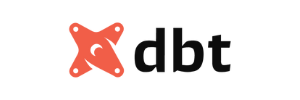 DBT
DBT
 Google Big Query
Google Big Query
 IBM DB2
IBM DB2
 MariaDB
MariaDB
 SAP HANA
SAP HANA
 Snowflake
Snowflake
 SQLite
SQLite
 Teradata
Teradata
 Vertica
Vertica
